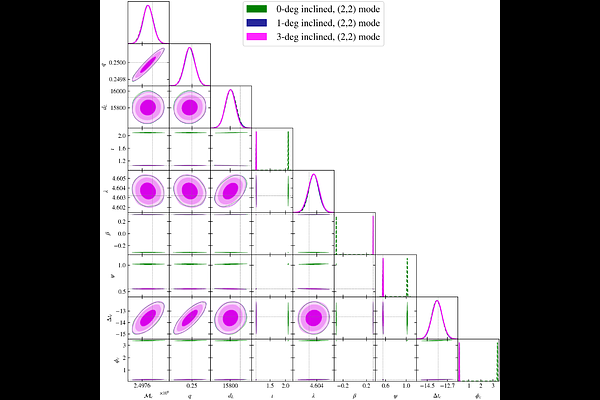Detectability of massive binary black holes with sub-mHz gravitational wave missions

Detectability of massive binary black holes with sub-mHz gravitational wave missions
Renjie Wang, Yumeng Xu, Gang Wang, Bin Hu, Rong-Gen Cai
AbstractBeyond LISA, proposed space-based gravitational wave (GW) missions aim to explore the sub-millihertz to microhertz frequency band, with one key objective being the detection of massive binary black hole (MBBH) mergers across cosmic distances. In this work, we investigate the detection and localization capabilities of future sub-mHz GW observatories for MBBH coalescences. Including the full galactic foreground noise, we find that signal-to-noise ratios (SNRs) can reach several thousand across a wide range of redshifts. We evaluate three representative orbital configurations--non-precessing and precessing with different inclination angles--and analyze their localization performance for various MBBH populations. In the non-precessing case, a two-hemisphere degeneracy arises when only the dominant (2,2) mode is considered, which is effectively resolved by including higher-order modes. These modes contribute to a more uniform performance across all configurations, thereby mitigating the prior advantage of precessing mission orbits. Sub-mHz missions operating in the [10 $\mu$Hz, 10 mHz] band partially overlap with LISA's range but provide enhanced sensitivity to lower-frequency GWs due to their longer interferometric baselines. This results in significantly improved localization of high-mass MBBHs, enhancing the prospects for multi-messenger astronomy and precision cosmology. Moreover, the high SNRs attainable with sub-mHz detectors could enable stringent tests of general relativity and alternative theories of gravity.